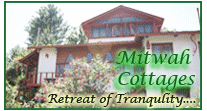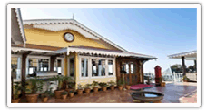 |
 |
|
Home
|
Travel destination in India, Ladakh |
||
| [ Book Hotels in ladakh ] | [ other Travel Destinations in India ] | |
 |
||||||
 |
||||||
 |
||||||
 |
||||||
 |
||||||
 |
||||||
|
|
|||||||||||
|
|
|
||||||||||||||||||||||||||||||||||||||||||||||||||||||||||
| Home || Preferred Hotels || Our Service || Hot Deals || Contact Us || Disclaimer || Terms & conditions || Links Exhange |
| J&M Hospitality Services Pvt. Ltd. , C2/210, II Floor, Janakpuri, New Delhi 110058, India Telephone +91 11 2561 4446, 2561 4447, 2561 4448, 3960 0825 , Telefax: +91 11 2561 4448 , Mobile: +91 11 98111 40404 E-Mail:jagmohinder@indianhost.in |
| webmaster : aks |
| Copyright © 2006 Indian Host |